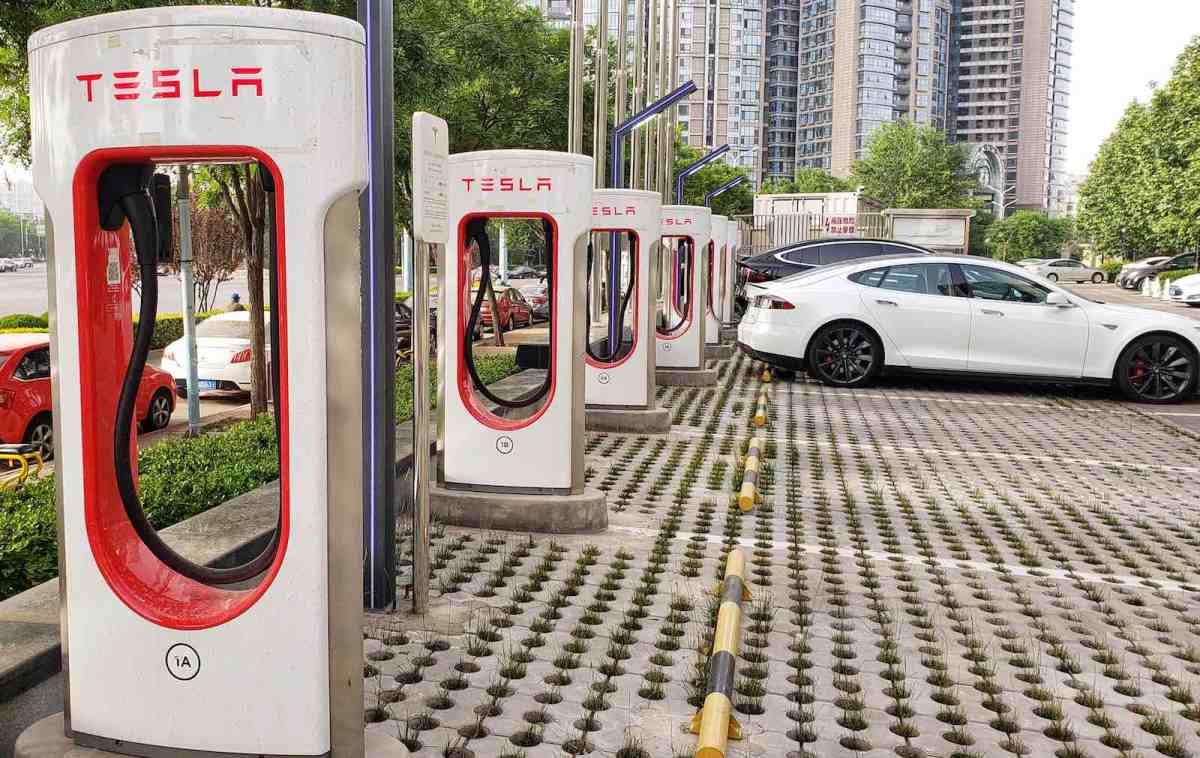And so it was that Tesla’s once promising charging network, worth a potential $12 billion, met its untimely demise at the hands of none other than Elon Musk himself. The visionary behind Tesla’s success, Musk made the controversial decision to scrap the idea of monetizing the company’s vast network of charging stations, a move that left many scratching their heads and questioning his motives.
Billed as the largest charging network in the world, the infrastructure was originally intended to be a lucrative revenue stream for Tesla. With over 25,000 superchargers worldwide, the network had the potential to generate billions in revenue from electric vehicle owners looking to power up on the go. However, Musk’s decision to offer free charging to Tesla owners, as well as non-Tesla electric vehicles, ultimately spelled doom for the once promising venture.
While Musk’s decision may have seemed noble at first glance, offering free charging as a perk for Tesla owners was a costly move that would ultimately hinder the charging network’s profitability. With the company footing the bill for electricity and maintenance costs, the financial burden of operating the network quickly became unsustainable. As a result, Tesla was forced to abandon its plans to monetize the charging network, leaving billions in potential revenue on the table.
In addition to the financial implications, Musk’s decision to offer free charging to non-Tesla electric vehicles also raised concerns among stakeholders. By opening up the network to competitors, Tesla risked diluting its brand and losing its competitive edge in the electric vehicle market. Furthermore, the move sparked backlash from Tesla owners who felt that they were losing out on a valuable perk that set their vehicles apart from the rest.
Despite the setbacks, some argue that Musk’s decision to offer free charging was a strategic move aimed at promoting the widespread adoption of electric vehicles. By making charging more accessible and affordable, Tesla hoped to accelerate the transition to a sustainable future powered by clean energy. While noble in intention, the decision ultimately came at a steep cost to the company’s bottom line.
As Tesla’s charging network continues to expand, the question remains: could Musk have salvaged the $12 billion goldmine by implementing a pay-per-use model or partnering with other electric vehicle manufacturers? Only time will tell if Tesla’s charging network will ever become a profitable venture or if it will remain a costly legacy of Musk’s controversial decision. Ultimately, the fate of Tesla’s once promising charging network rests in the hands of its enigmatic leader, Elon Musk.
